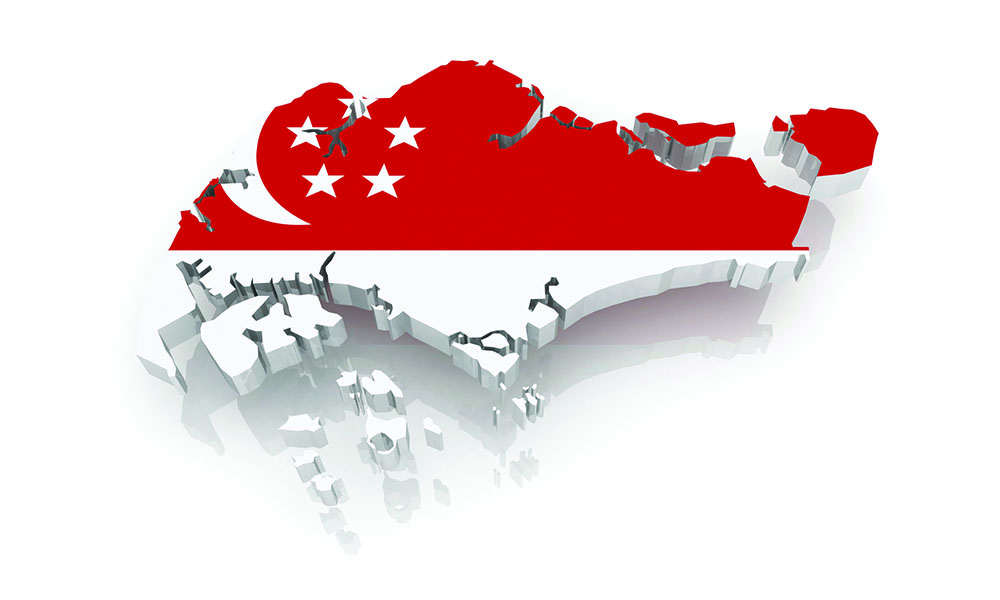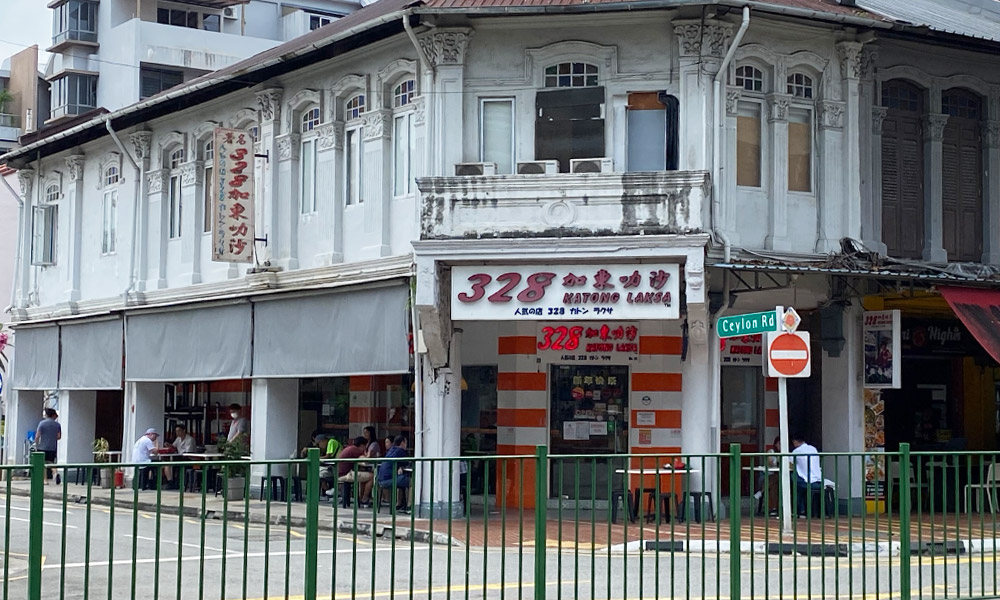By Cindy Liew |
“Hi Cindy. Can you transfer some e-angpow to my WeChat account?”
My friend Tony’s message suddenly popped up on my phone screen.
He went to Guangzhou not long ago and we mainly communicated via WeChat as WhatsApp does not work very well there.
“What? But I don’t have any bankcards linked up with my WeChat. Why do you need to do that?”
“All the young people here are paying using WeChat. Only I am using cash. I feel bad.”
I couldn’t help laughing out loud when I saw his reply. I tried to reassure him by saying, “It’s OK. You’re just there for a few days. Using cash will do.”
In Singapore, over the past few months, there have also been many initiatives launched to push for a cashless economy.
With a quick Google search, one can easily find various reports analysing the possibility of having a cashless economy for different countries, or blog articles promoting the inevitability of a cashless future.
Is It Inevitable?
Globally, non-cash transaction volumes grew 11.2% during 2014–2015 to reach 433.1 billion, according to World Payments Report 2017, a collaborated analysis by Capgemini and BNP Paribas.
Debit cards and credit transfers were the most popular e-payment methods in 2015 while cheque usage declines worldwide. In countries like the UK and Australia, cheques may even be phased out in the near future.
All these, however, do not mean cash is near obsolete.
The report also recognises that cash is still the main payment method, especially for low-value transactions.
And what about Singapore?
In PayPal’s report ‘Digital Payments: Thinking Beyond Transactions’, which was released in August 2017, 90% of Singaporeans surveyed prefer to use cash as their main payment method.
500 Singapore consumers and 200 merchants participated in the survey, and the respondents are mostly college/university educated.
Based on available data, it’s not conclusive that a cashless future is inevitable for us, but if we all want and believe in a cashless society, it will be.
Benefits and Risks
We all love rewards and benefits like cash rebates or mileage accumulation that comes along when using credit cards.
If you own multiple bankcards issued by different banks in Singapore, dining would be cheaper as most restaurants are tied up with banks and offer discounts when you use their partner banks’ cards to foot the bill.
The tap-and-go payment using either contactless cards or smartphones has also made paying even simpler.
Convenience and monetary incentives play important roles in shaping our payment behaviour.
Such benefits brought about by cashless payments, however, do not come without a cost.
We have found that one of the key reasons Singaporeans do not use digital payments is due to privacy concerns (51%)”
Rahul Shinghal, General Manager of PayPal Southeast Asia.
Merchants need to bear a transaction fee of about three per cent for accepting Visa and MasterCard payments and a transaction fee of less than one per cent for NETS payments.
With every single transaction recorded and traceable, consumers have to compromise on privacy while enjoying the convenience of cashless payments. This lack of privacy is indeed one of the major concerns among Singaporeans, according to PayPal.
“We have found that one of the key reasons Singaporeans do not use digital payments is due to privacy concerns (51%),” said Rahul Shinghal, General Manager of PayPal Southeast Asia.
Different Cashless Players

Singaporeans are spoilt by the many cashless payment options.
Some mobile payment apps include the widely known Apple Pay, Android Pay and Samsung Pay. By linking Visa credit or debit cards to these three apps, we can use our smartphones to make contactless payments.
Only 2% of the Singaporeans surveyed by PayPal reported that contactless payment via mobiles is their most often used payment method.
There are also various mobile wallet services available.
Both launched in 2014, DBS PayLah and OCBC Pay Anyone are two standalone apps provided by DBS and OCBC, which offer convenient peer-to-peer money transfer services.
Launched in 2015, UOB’s Mighty Pay, on the other hand, is more like Apple Pay or Android Pay that helps to digitalise its customer’s UOB debit or credit cards and enables payments at a tap for Android smartphones.
Even earlier than the three banks, the three telcos in Singapore – M1, Singtel and Starhub – launched their first mobile payment solutions in 2012. However, Starhub ceased its SmartWallet app in September 2017.
M1’s Mobile Wallet app is only for Android phones and an M1 NFC Transit SIM is required. It can be used for public transportation by tapping the phone on the usual EZ-Link payment terminals. It can also be used at payment terminals that accept MasterCard.
Singtel’s current mobile wallet, Dash, is actually co-developed with Standard
Chartered. With Singtel Transit NFC SIM cards, the app also can be used to pay for bus and train fares with Android phones.
Both Dash and Mobile Wallet require users to top up their mobile wallets.
NETS, the e-payment company owned by the three local banks, also rolled out its own mobile wallet, NETSPay, in October 2017.
Using NETSPay, NETS ATM bank cards can be stored digitally in mobile phones and payments can be made by scanning NETS QR codes displayed at stores. People with Android smartphones can also tap their phones on contactless payment readers.
According to the PayPal report released last August, 3% of its local survey respondents use e-wallets/mobile wallets most often. With NETS’ recent efforts to push for cashless payments through mobile phones, this figure is likely to rise.
25% of the people surveyed use physical credit cards most often and 10% report using contactless payment via cards most often. For the physical debit card and bank transfer/internet banking, the figures are 9% and 6% respectively. 43% of the people surveyed still use cash most often.
Among all the cashless payment methods, the physical credit card is still the most often used.
Who Will Dominate?

There are simply too many players at the scene, but the major ones are the different banks, NETS and credit card companies including Visa, MasterCard and American Express.
While Visa and MasterCard are compatible with both debit and credit cards, NETS is only for debit cards.
Not more than five years ago, cashless payment meant either inserting or swiping your cards at credit card terminals or NETS terminals, whereas today, it also means tapping to pay or scanning to pay.
Contactless payments have gained much popularity in Singapore. According to KPMG’s Singapore Payments Roadmap report, as of 2016, 51% of payment cards are contactless. Convenience, speed and wide acceptance are the main reasons why consumers prefer contactless cards.
While over the years several banks have developed their own tap-and-go payment solutions and recently NETS has also rolled out its NETSPay, to date, the tap-and-pay function of these apps only work with Android smartphones.
However, in Singapore, iPhone users account for 73% of the total smartphone users.
IPhone users who want to make contactless payments using their mobile phones can only do so via Apple Pay, which is accepted at Visa, MasterCard or American Express contactless payment readers.
For payments between consumers and merchants, credit card companies seem to be taking the lead in the cashless game, at least for now.
With the launch of its QR code system, NETS and the three local banks plan to make ambitious investments of about S$30 million over the next three years to push for this QR code initiative.
For hawkers who accept NETS QR code payments, transaction and other fees will be waived for the next three years.
To encourage initial adoption by consumers, NETS is also awarding cash rebates to those who make NETS cashless payments at selected hawker centers.
Among hawkers and other more cost-sensitive businesses, NETS may gain a larger market share.
As for peer-to-peer (P2P) money transfer, the market is constantly evolving as banks and FinTech firms innovate to bring about new payment solutions.
On July 10, 2017, The Association of Banks in Singapore (ABS) launched the PayNow system, a P2P funds transfer service available to customers of its seven participating banks.
With PayNow, the sender no longer needs to know the recipient’s bank and account number when transferring money. Instead, using just the recipient’s mobile number or Singapore NRIC/FIN will do.
Thanks to FinTech firms, social network based money transfer between peers is also on the rise.
Kashmi is a Singaporean social payment app catered to the needs of millennials.
Besides enabling easier payments among peers, Kashmi works pretty much like a social media app. Users can share photos and comment on their social payment feeds.
With the recent launch of PayNow, such social network based money transfer is likely to gain popularity on a larger scale.
Want to send money to your friends while chatting with them? No problem.
OCBC and UOB launched OCBC Keyboard and UOB MyKey that are compatible with Android phones, which allow users to send money directly within messenger apps while chatting with friends.
For iPhone users, money transfer can also be done via Siri or iMessage with OCBC Pay Anyone.
All these are made possible with the PayNow system.
With fast changing payment technologies, what the future of cashless payments in Singapore holds and who the dominant player will be are still difficult to tell.
But by having multiple players, competition and cooperation amongst them will likely bring about more innovations benefitting both consumers and merchants.
















